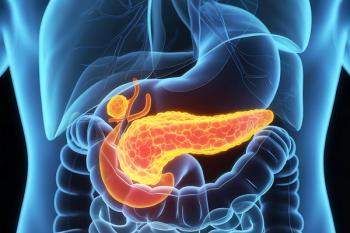
Waters Podcast:Making Inroads in Method Development and Routine Analysis with UPLC Technology
Everything you've ever wanted to know about UPLC: A practical guide to scientific and business achievement
Presented By
In this podcast series, we’ll be discussing how users can benefit from UPLC separations technology in their laboratories. We have heard all the hype about specifications from marketing, but what is it about this technology that, when in the hands of real users, allows them to achieve the scientific and business benefits that the chromatography community has proclaimed so widely in peer-reviewed journals, scientific meetings, and testimonials in the media?
Through a variety of topics and scientific examples, this series will help you to gain a better understanding of UPLC technology, how to realize the benefits for your applications, and how to easily adopt UPLC technology for instant chromatographic success.
UPLC Technology brings substantial improvements to chromatographic assays. Recent developments have considered efficient ways to apply more completely the principles of chromatography within the framework of UPLC to ensure the best possible chromatographic resolution.
Add this Podcast feed to your media player
Main Podcast Page
Newsletter
Join the global community of analytical scientists who trust LCGC for insights on the latest techniques, trends, and expert solutions in chromatography.





